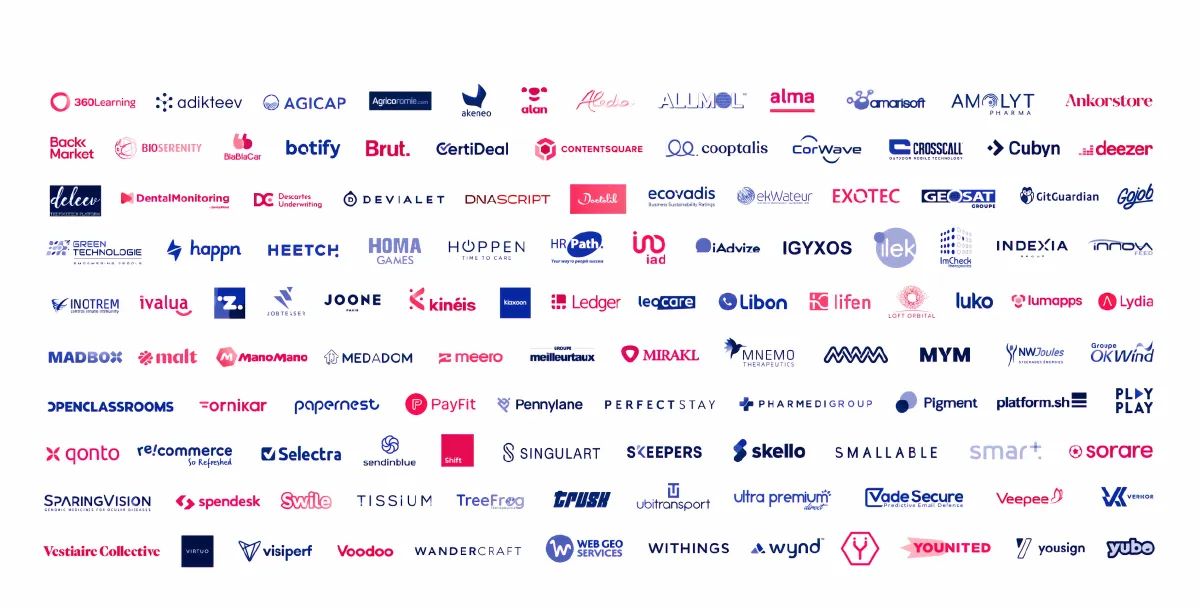Startups need more than luck to succeed
Startup success comes from luck and execution. Let's nurture execution to increase value.

Of the 10,000 startups counted in France, half will find their market and successfully make it past the 5-year mark according to statistics. These companies have found virgin market niches, particularly in technological fields such as AI and mobile, or fields that respond to social imperatives such as the circular economy. Many of them succeed in attracting French and foreign investors or end up being bought by big companies, in loss of speed, which find in these start-ups a way to enter the digital era.
Unfortunately, after a few years of euphoria and hypergrowth, many of these scale-ups end up facing a harsh reality: luck was probably a big part of their initial success but they didn't understand it early enough to be able to bounce back. They only start to ask questions when they have already invested in the development of new products that don't sell, or after a major export failure of their flagship product. Growth then starts to stagnate, everyone is scrambling around trying to find a new business and burning cash without convincing results, which puts the company in a difficult situation. This puts the company in a difficult situation. The managers then start to make short-term decisions to reach the objectives of the figures and to satisfy the investors, but nothing that allows them to face the future with more serenity. Once you get into this vicious circle, it is difficult to keep an eye on the outside world and take the time to prepare yourself to face the challenges that the market constantly throws at you.
So how can you not leave your growth (only) to luck? Whether it's about finding the next opportunity; anticipating the saturation of the niche that made us successful; staying agile and innovative even when we grow fast to face the galloping competition, or continuing to interest customers who already have everything and are increasingly demanding, let's turn to lean.
The objective of lean is to create as much value as possible for customers in order to keep them loyal. Producing value for the customer consists of completely solving their problem without imposing our waste, i.e. the costs of our mistakes and misconceptions. This can be expressed as follows:
\[ Value = \frac{Function}{Cost} \]
To maximize value, we must therefore focus on improving the functions and performance of our products as well as on reducing the costs associated with the production, maintenance, and use of said product. Both are done in parallel and continuously through Value Analysis (VA) and Value Engineering (VE).
The lean approach to VA is to solve quality problems in existing products, with the goal of understanding very finely:
- what customers are trying to do with our products and where they are failing;
- where the flaws are in our products and what waste they reveal in our work methods.
A good way to get started with VA is to regularly visit the company's customer service department and the customer gemba to understand what customers are complaining about. Then, dedicate a panel in the corporate obeya to analyzing these complaints that will lead to improving customer value. This continuous work of analyzing and understanding customers acts like a periscope on the market: it shows us the path to take to keep our offer relevant.
The other axis of VA is to understand how the value delivered to customers is created within the company, including suppliers. To do this, the management team frequently visits the gemba of the teams to see how they go about designing, building, integrating, packaging, and delivering products and services, helping them when they run into complicated problems and finding the loopholes that can put the business at risk. The goal is to engage teams in improving their own work processes through kaizen so they learn to explore opportunities to improve customer value. Chances are that the next great idea, the innovation that will put the company back on a growth trajectory, will emerge from these various local experiments.
VE, on the other hand, is about improving the functions and performance of existing products based on the discoveries made in VE, and finding the next innovation that will convince customers to remain loyal to the brand in the near future. The goal is to make them want to use the new product, without disrupting their habits too much. We are not looking for disruptive innovation in big bang mode, but rather a sustained rhythm of innovations that will allow the company to test the market quickly and frequently without taking too much financial risk.
In the obeya, this sustained pace of innovation is translated into a product planning that provides a rate of launch for new products and enrichment of existing products, called "product takt". The takt is set according to the rate at which the target market evolves. For example, Apple releases a new version of the iPhone every year. Each new version of the product released, whether it is the result of an improvement (kaizen) or an innovation, is then visualized and analyzed within the obeya to understand precisely what worked and what didn't, before starting the next innovation cycle.
This continuous work of analysis and value engineering within obeya and on the gemba allows a management team to think together about the next challenge for the company: where does the market pressure come from? What are the next hard points to face? What will precipitate our downfall if we don't address it seriously now? The survival of a company depends on it. Lean has so much to offer to those young leaders of start-ups and scale-ups. Those who will embrace this discipline on a daily basis are more likely to remain relevant and successful in the long run.
This story was originally published in French by Sandrine on institut Lean France.